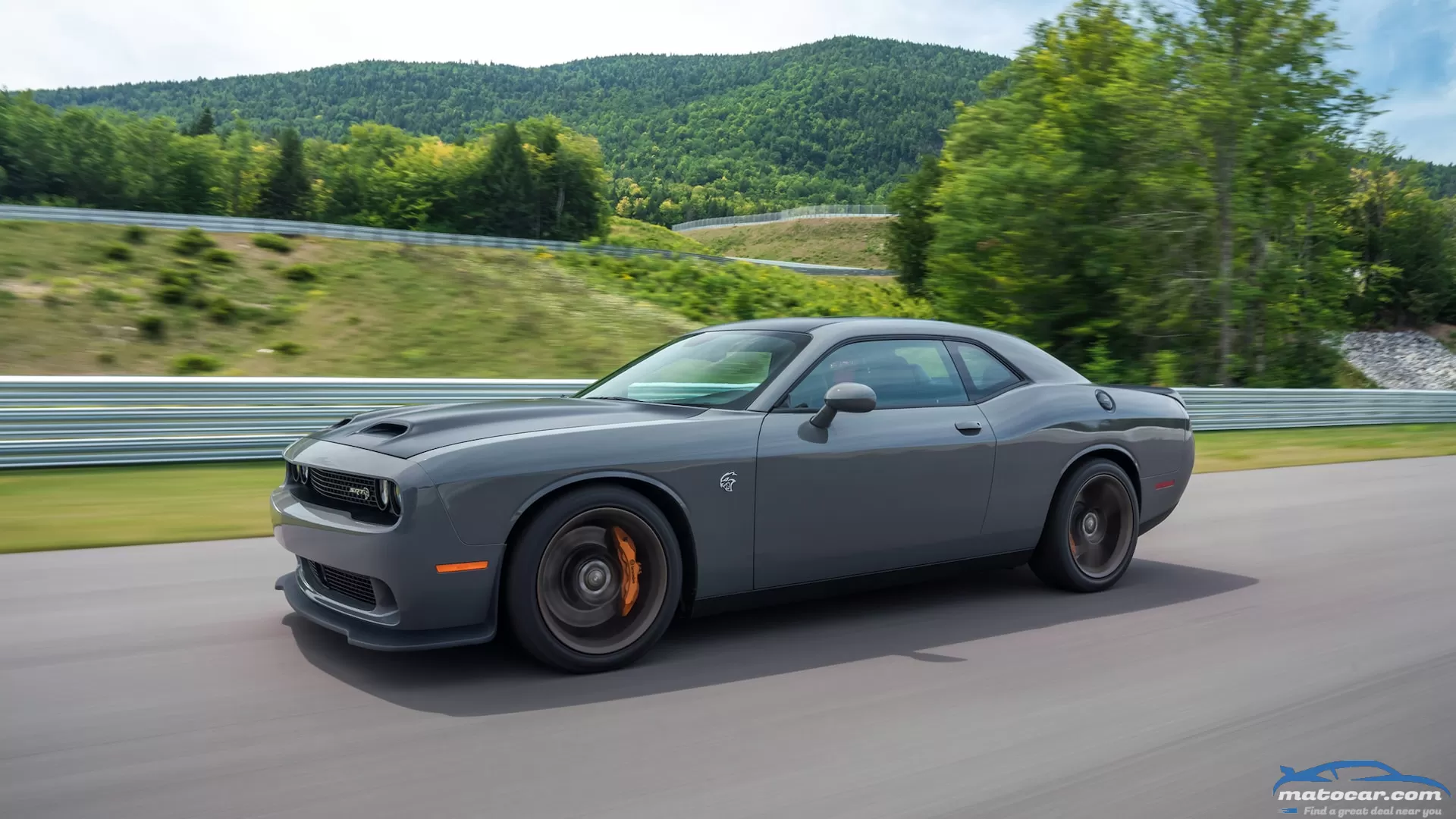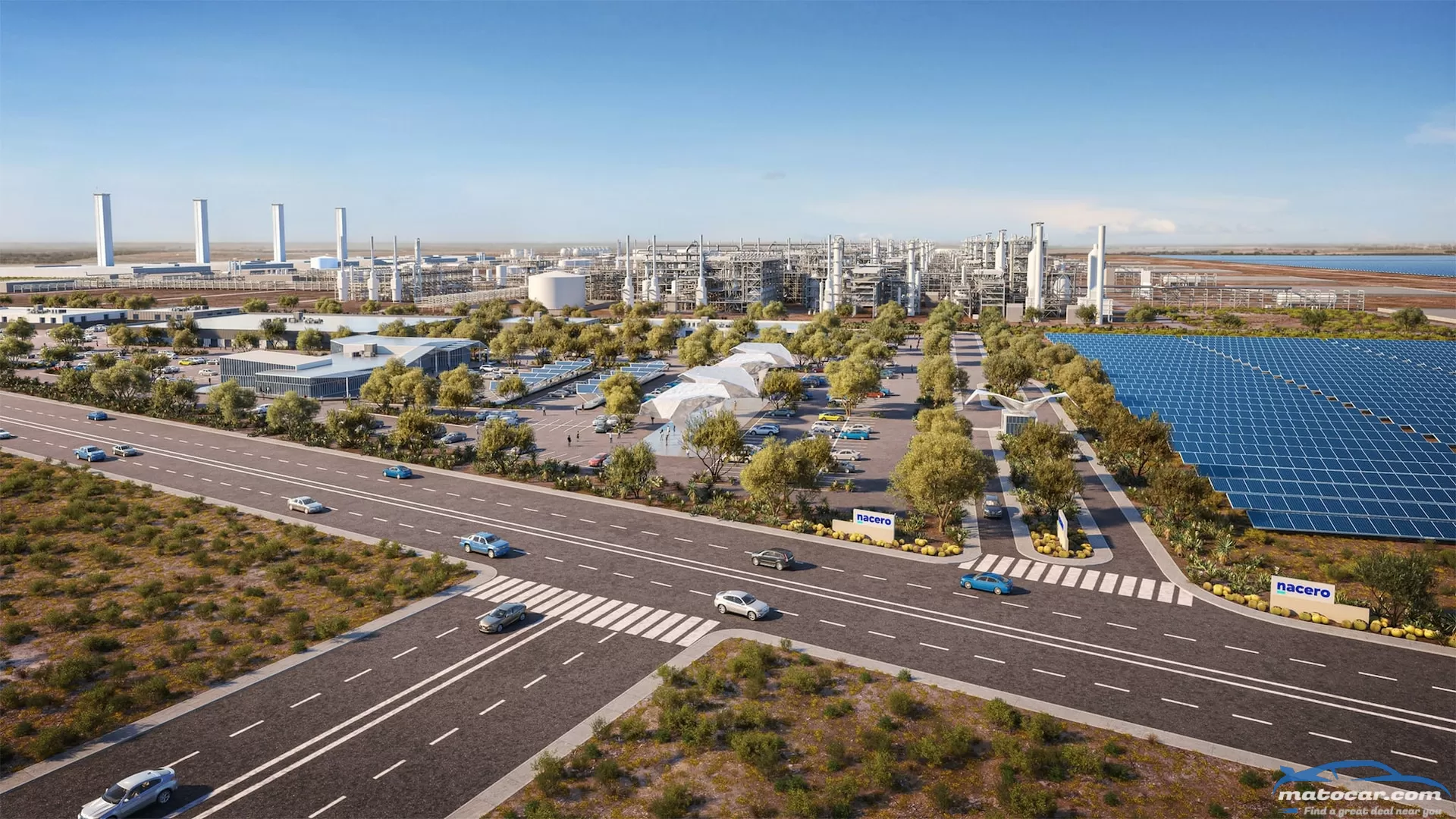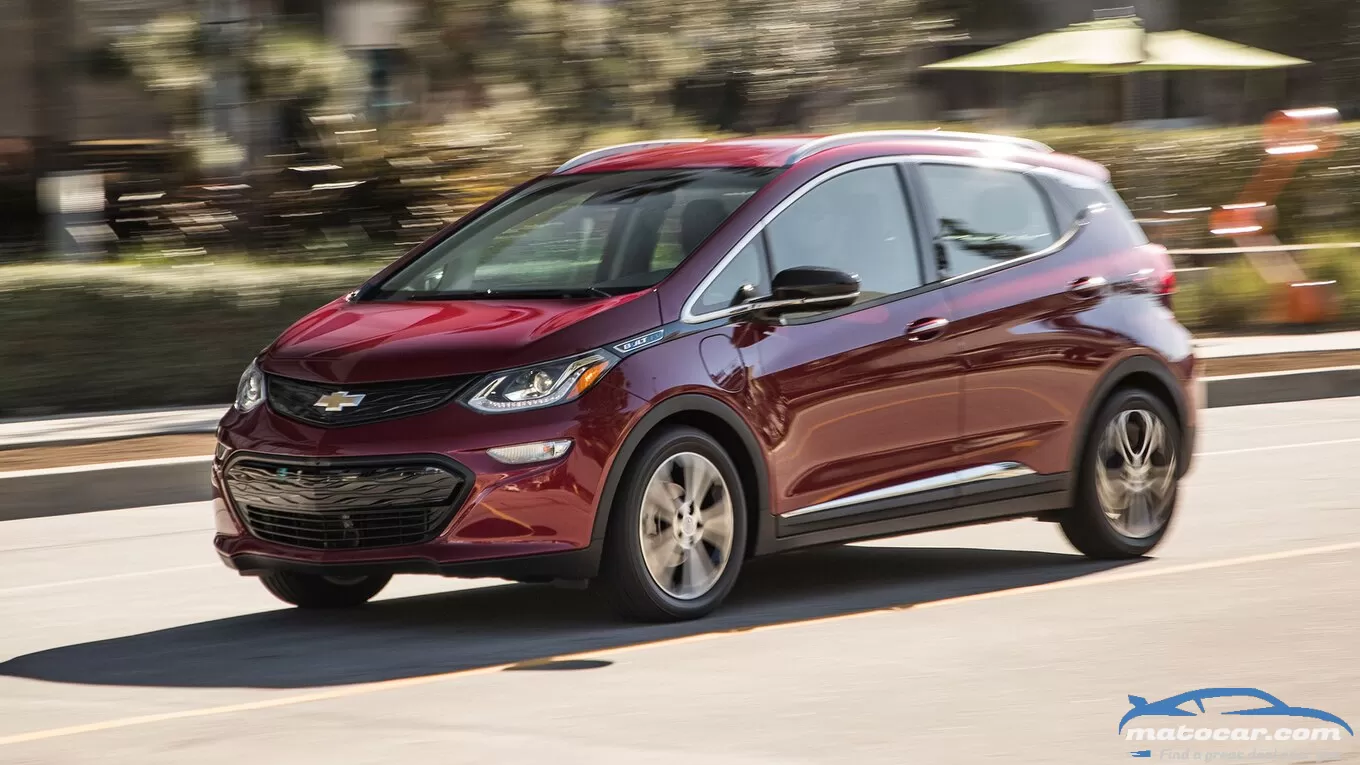Missing 2022 Dodge Challenger Hellcat Manual Held Up For Recalibration

Well, it looks like the 2022 Dodge Challenger SRT Hellcat manual option has been removed from Dodge's site, for now. You could potentially blame the lack of popularity of manuals in most new car sales, but it seems Dodge's reasoning is a bit more digital than that. The Powertrain Control Module (PCM) fitted to manual-equipped Challengers required a new calibration, putting any chance of getting a stick on the model on ice.
A forum post, via Road & Track, dating back to December 10, 2021 shows that the manual transmission version of the Challenger Hellcat is not currently available. However, looking on Dodge's website, every other manual option of the Challenger can be ordered-but the Hellcat manual isn't even on the site. That same forum post also alleges that getting the manual transmission paired with the Hellcat's 6.2 liter supercharged Hemi V-8 to pass emissions is the issue, which could imply this is the required recalibration Dodge mentioned.
There might be some grain of truth to that, but we weren't able to directly confirm. When we did ask if there was a calibration issue with the Challenger Hellcat, Dodge did confirm, but added that updating calibrations are a normal part of vehicle production and that this isn't related to the issues with silicon-based chip and PCM supply shortages currently disrupting the industry.
It would appear that setting up this new calibration might take some time. Dodge says it's unsure of when the updated programming will be ready and when the Challenger Hellcat manual will come back for ordering. For now, if you were interested in a manual Challenger Hellcat (and why wouldn't you be?) you'll have to pick something else, go with the automatic, or just wait and hope Dodge can bring it back.
You may also like
In September 2021 we covered a new "green gasoline" concept from Nacero, that involves constructing gasoline hydrocarbons by assembling smaller methane molecules from natural gas. Then in February 2022 the company inked a 20-year deal with NextEra to supply wind power to Nacero's Penwell factory in a bid to halve the lifecycle carbon footprint of its gasoline with the potential to take that number to zero. In so doing, the company claimed that the four million drivers burning Nacero gasoline will deliver the equivalent carbon savings of swapping 11 million ICE vehicles for EVs(!). We politely asked to see their math.NORCO, LA - AUGUST 21: A gas flare from the Shell Chemical LP petroleum refinery illuminates the sky on August 21, 2019 in Norco, Louisiana. Located about 10 miles up the Mississippi River from New Orleans, the plant agreed to install $10 million in pollution monitoring and control equipment in 2018 to settle allegations that flares used to burn off emissions were operating in violation of federal law (the Clean Air Act). Many of the coastal parishes in Louisiana have a long and ongoing history in oil and gas production, which is often at odds with concerns of environmentalists. (Photo by Drew Angerer/Getty Images)55-Percent CO2 Savings from the Production ProcessNacero's 93,000-barrels-per-day Penwell facility will earn a lifecycle (Scope 1-3) CO2 equivalent footprint* of 25 million metric tons per year. That's a 55-percent reduction from the 56 million tons that a typical crude-oil plant would be assigned for producing an equivalent amount. This is mostly because refining gasoline by cutting down super long and complex hydrocarbons from crude results in all sorts of other heavier, dirtier byproducts that you simply don't get when assembling gasoline from smaller methane molecules.*Scope 1 figures in direct emissions from sources owned by Penwell; Scope 2 is indirect emissions from purchased electricity, steam, heat, and cooling; and Scope 3 covers all other emissions associated with a company's activities (emissions from the use of the product, its transportation, waste generation and disposal, etc. ).8 Million Metric Tons Not IncludedOf that 25 million MT figure, 8 million are assigned to activities like natural gas extraction and fuel hauling, which are the responsibility of other companies who can claim credit for the carbon reduction they bring about, so to be conservative, Nacero's calculations do NOT include these savings. This avoids the potential for double counting them.Zeroing Out the Last 17 Million Metric TonsNacero uses four pathways to offset most of the remaining 17 million metric tons:Pre-combustion carbon capture and sequestration (1.4 million metric tons of Scope 1 emissions). This is accomplished using an absorber tower with a hot potassium carbonate solution that collects the CO2 that concentrates at the point where natural gas is converted to syngas on its way to becoming gasoline. Post-combustion carbon capture sequestration (1.5 million metric tons of Scope 1 emissions) A chemical solvent scrubs CO2 from flue gas generated by heater stacks employed throughout the facility, using existing, commercially proven technologies. The captured CO2 gets compressed and piped to a nearby oil field for use enhancing oil recovery, which sequesters the CO2 underground. Use of 100 percent renewable power (0.9 million metric tons of Scope 2 emissions) Here's where the recently inked NextEra deal for wind energy comes in. Use of renewable natural gas (11.8 million metric tons of Scope 3 emissions). The major sources of renewable natural gas today are landfills, animal manure, and solid waste extracted during wastewater treatment—all sources of waste that are continuously produced by present-day activities. Arriving at that 11 Million EVs Number…So to recap, there's 31 million metric tons of CO2 savings right off the bat from the refining process, plus at least 15.6 million metric tons from the four steps listed above. That's 46.6 million metric tons. The US Department of Energy assigns a typical gasoline vehicle a well-to-wheels pounds of CO2 Equivalent rating of 11,435 pounds, while an EV charged at the national-average electric grid's carbon equivalence gets a rating of 3,932 pounds. Using that math, switching just under 13.7 million gas cars to pure EVs across the country would save an equivalent amount of CO2. Nacero rounded down considerably to make its 11 million EVs claim conservative.When and How Much?Construction on the Penwell facility is just getting underway with a target of partially opening in 2025, making gasoline that warrants that 55-percent improvement over gasoline from crude. While the company has started arranging contracts for renewable methane, it's expected to take 10 years to source enough to fully eliminate that last 21 percent improvement. And a per-gallon cost is yet to be set for the gasoline but it's likely to be tiered. Nacero Blue gas is expected to be priced competitively with crude-based gasoline (the natural gas feedstock is way cheaper than crude), while Nacero Green will cost more to account for the added expense of sourcing renewable natural gas. Note that the gasoline may not actually be constructed of this gas, Nacero will simply contract to have an equivalent quantity of renewable natural gas injected into the national grid.
It holds the "holy grail" designation by most every import enthusiast's wish list and even raises the eyebrow of a substantial number of those that don't usually dabble in Japanese cars. Serving as the most popular model of the legendary Nissan Skyline family, this 2001 V-Spec II takes the drool-factor up quite a few notches and is being made available through Mecum Auto Auctions' Monterey visit from August 18-20.The Paul Walker/Fast & Furious ConnectionIf this R34 looks familiar with its gold and black decals and matte bronze TE37, Mecum states that this vehicle was used as a demo car to promote various Fast and Furious movies and was in the care of the late Paul Walker for an extended amount of time. The late actor reportedly racked up around 18,000 miles on the car. In addition, it was also used in BF Goodrich ads around the same time.Wait just a minute; a 2001 Skyline is too young to meet the federal government's 25-year import law, which forbids any Japanese (or other foreign market) vehicle manufactured less than two and a half decades ago to legally hit U.S. streets, right? That's what makes this example so unique. Given a pardon by the U.S. Government, its lucky new owner can take pride in the fact that their street legal R34 is able to hit their local freeways about four years earlier than the 2026 import law target date.Shady TimesRegistered as a 1999 model, its pardon is a bit of a shock given the cars burry past. A deep dive by the EPA and Los Angeles Sheriff's office zeroed in on importer Motorex, which was importing Nissan Skylines for eager customers in the 2000s. The service included sourcing the vehicle from overseas, physically importing it, taking care of the paperwork, and using an experienced third party to help meet crash and emissions guidelines to legalize a number of vehicles.Those guidelines included lowering the crash bars inside the Skyline's doors, adding multiple catalytic converters, and even more to satisfy the Department of Transportation's specifications. A multi-faceted series of events, the process was both lengthy and costly and took its toll on the business, as the owner was importing cars and collecting customer money much faster than the vehicles were being cleared and delivered to their new owners.A snowball effect resulted, exacerbated by what employees would refer to as excessive partying and a lavish lifestyle that left many without the car's they paid for. Add to that a theft report filed by Motorex that claimed multiple vehicles (for some reason left outside overnight) has been mysteriously stolen, and authorities began taking a closer look.What was uncovered included critical legal processes being skipped entirely and even in the face of speculation, undocumented Skylines steadily increased. That is, until the D.O.T. put a stop to importing pre-and-post 1996-99 Nissan Skylines entirely, while Motorex had its importer status pulled. A series of events, including physical assault, court hearings, jail time, the federal impounding of illegal vehicles, and so much more added to the tangled story of the Motorex fallout.Miraculously, a handful of R34 Skyline GT-R that Motorex had imported actually received the Governments pardon and were granted bond release on the condition that they were made NHTSA and D.O.T. compliant - like this one now being offered by Mecum.Mildly UpgradedThis is number 672 of 1,855 V-Spec IIs ever produced, and aside from its time in the spotlight with Paul Walker and appearing in print ads, it also has some choice modifications on board. The original 2.6L I-6 and 6-speed transmission remain inside the Bayside Blue model, updated with Nismo carbon fiber intakes, a GReddy intake manifold, radiator, and Trust exhaust. GReddy also gave the car a once-over, performing a complete tune up recently.Along with the 2000s-era graphics, the R34 was lowered with Tein coilovers complete with adjustable EDFC and TE37 Saga wheels were added. The cabin remains almost entirely original, the only notable additions being an ancient Momo Apache steering wheel and Sparco harnesses. Meticulously maintained, the car is in incredible condition both inside and out and estimated to fetch somewhere in the neighborhood of $750,000-$850,000 during Mecum Auctions' Monterey visit later this week.Given its history and exclusive status, it's probably worth every penny.
New year, new you, and that can also mean a new car. What better way to reset life than updating your means of transportation? This month, automakers are providing significant discounts on leases and a couple electric vehicles to make that leap into a new car a little easier. Customers will also find major savings on an Acura supercar before it rides off into the sunset. These are January's best new car deals.Also check out the best new SUV deals for January.




0 Comments